Chapter 1
Thinking and Talking About Art
By Boundless

Interactions between the elements and principles of art help artists to organize sensorially pleasing works of art while also giving viewers a framework within which to analyze and discuss aesthetic ideas.

A fundamental purpose inherent to most artistic disciplines is the underlying intention to appeal to, and connect with, human emotion.
The meaning of art is shaped by the intentions of the artist as well as the feelings and ideas it engenders in the viewer.
Beauty in terms of art refers to an interaction between line, color, texture, sound, shape, motion, and size that is pleasing to the senses.
An artist is a person who is involved in the wide range of activities that are related to creating art.
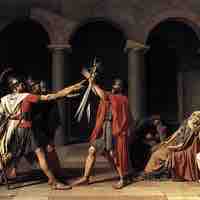
A line is defined as a mark that connects the space between two points, taking any form along the way.

Value refers to the use of light and dark in art.

In the visual arts, color theory is a body of practical guidance to color mixing and the visual impacts of specific color combinations.
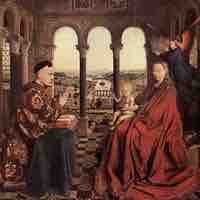
Texture refers to the tactile quality of the surface of an art object.
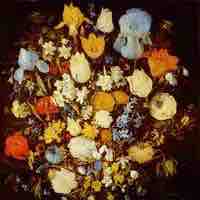
Shape refers to an area in a two-dimensional space that is defined by edges; volume is three-dimensional, exhibiting height, width, and depth.
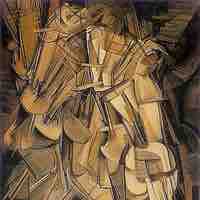
Motion, a principle of art, is a tool artists use to organize the artistic elements in a work; it is employed in both static and time-based mediums.
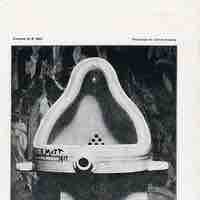
Dadaism, Surrealism, and the Fluxus movement all relied on the elements of chance, improvisation, and spontaneity as tools for making art works.
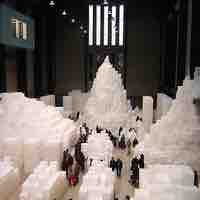
The inclusion of the five human senses in a single work takes place most often in installation and performance art.
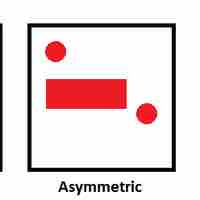
Compositional balance refers to the placement of the artistic elements in relation to each other within a work of art.
Artists use rhythm as a tool to guide the eye of the viewer through works of art.
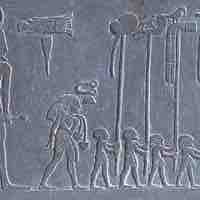
Proportion is a measurement of the size and quantity of elements within a composition.
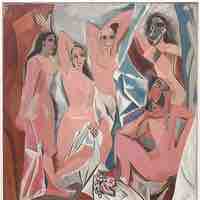
Space in art can be defined as the area that exists between two identifiable points.
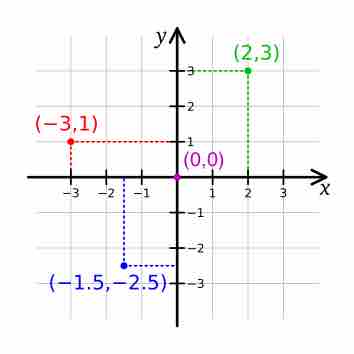
Two-dimensional, or bi-dimensional, space is a geometric model of the planar projection of the physical universe in which we live.
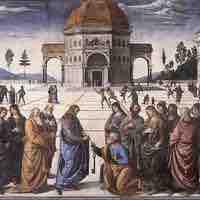
Perspective is an approximate representation on a flat surface of an image as it is seen by the eye.
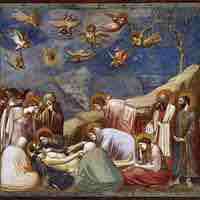
Distortion is used to create various representations of space in two-dimensional works of art.
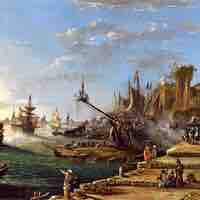
Art exists along a continuum from realistic representational work to fully non-representational work.
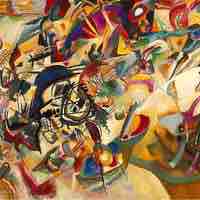
Meaning in nonrepresentational art is highly subjective and can be difficult to define.
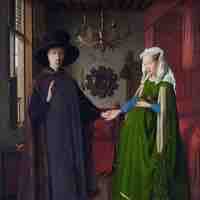
Iconography is the scholarly study of the content of images, including identification, description, and interpretation.
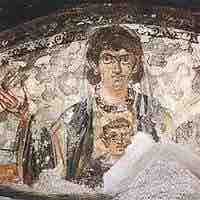
Christian, Buddhist, and Islamic artistic traditions have used elements of symbolism, narrative, ritual, iconoclasm, and authorship to express the tenets of their beliefs throughout history.
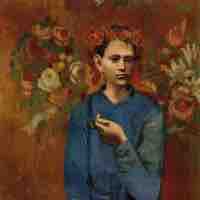
The key components of the art market are the gallery, curator, dealer, consultant, and collector.
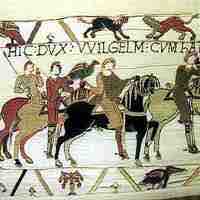
Art can be used to advance nationalistic goals by providing a state or nation with political and social legitimacy.
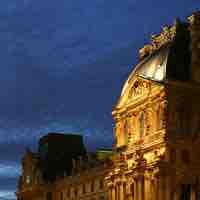
Museums and private collections are engaged in both the collection and display of works of art.
Preservation and restoration is a profession devoted to the conservation of cultural heritage, such as works of art, for future generations.
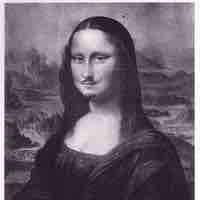
Destruction, mislabeling, appropriation, and repossession can contribute to conflicts surrounding the preservation of art.
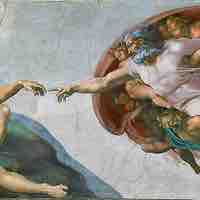
The political, socioeconomic, and cultural setting that a work of art is created in will affect how it is perceived within art history.
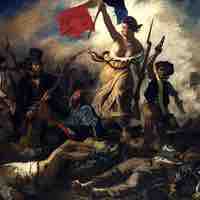
Art's context of reception depends on a variety of circumstances, both on the part of the artist as well as the artistic community the artist is participating in.